Text & Photography by Max Zammit

To commemorate the retirement of the AMX “Ghibli” aircraft, the Italian Air Force held a special ceremony at Istrana Air Base in northern Italy on April 5, 2024. The retirement of the 35-year-old A-11 signaled the end of an era.
A cold war icon
By the early 1970s Italy knew all too well that the Fiat G91 was pretty decent but was becoming quickly outdated. In an event of deploying strike fighters against the enemy, a potential replacement design had to be taken into consideration.
At an overall length of 13.2m and with a width of just 8.9m the A-11 is one of the most graceful and nimble designs when compared to the American A-10 or the Russian SU-25.

With a top speed of 1053 km per hour, it’s not supersonic but it’s quick enough to handle intense combat missions and slow enough to attack ground targets with precision.
The A-11 can carry nearly double its own weight and has a combat range of just under 3300 km. In terms of armament the Italian version came equipped with a 20mm Vulcan cannon while the Brazilian version is fitted with two 30mm cannons.

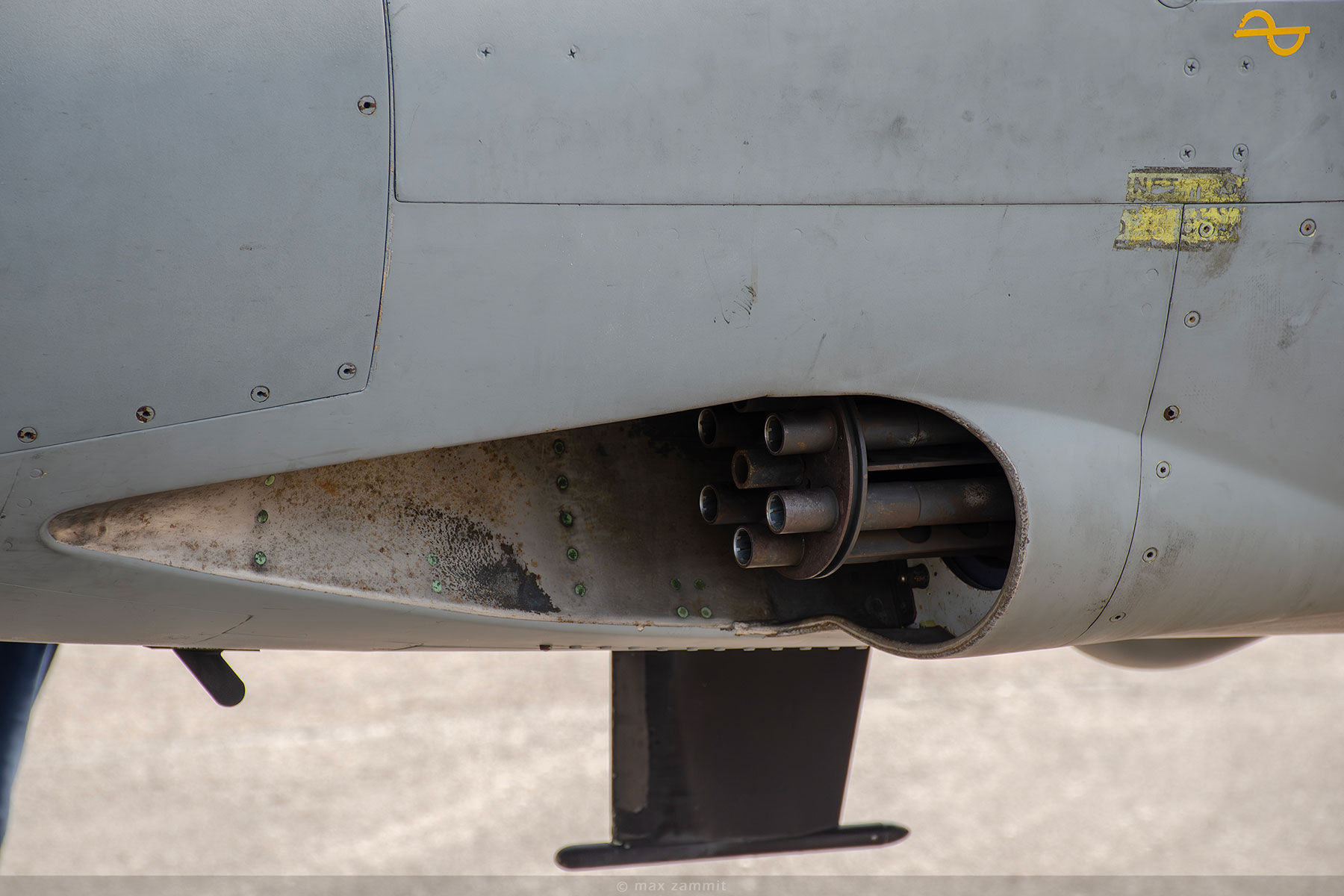
Five external hard points guarantee the capability to carry a variety of rocket pods, guided or unguided bombs and the two wing tip rails can carry two air to air missiles. The Ghibli was built to strike ground targets quickly and precisely but most importantly, it was built to reach maximum operational versatility.
The AMX is one of the most used tactical aircraft in the history of the Italian Air Force for out-of-area missions, having flown more than 18,000 hours in live operations. This is thanks to the Ghibli’s design which heavily focuses on low maintenance costs and ease of operation. One example are the avionics, which are situated low in the plane allowing it to be maintained or fixed up without the use of ladders.
A-11 GHIBLI, a.k.a “TOPONE”
One of the strange aspects of this aircraft is the fact that the Italian Air Force only assigned an official name to the type, 14 years after its first flight.
In 1998, on the occasion of the seventy-fifth anniversary of the Italian Air Force, a competition was held for this purpose, and the winner was “Ghibli ~ the desert wind”, a name already used by the Caproni Ca.309 in the 1930s. However, among the Italian Air Force personnel, this name was never very popular, and the aircraft was more often affectionately called “Topone”. The nickname derived from the front view of the AMX, with its black radome and side air intake that could resemble a mouse’s snout.
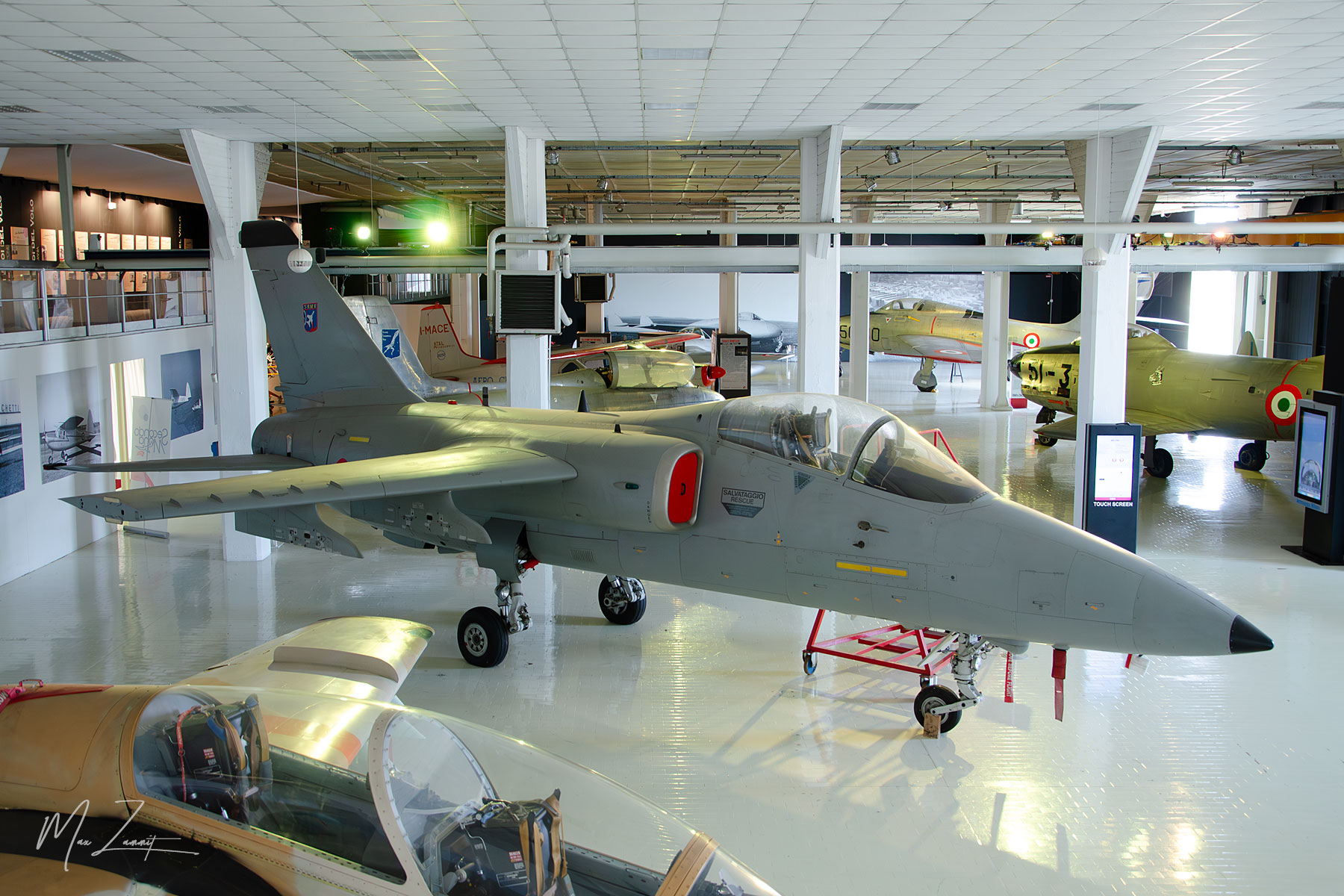
AMX in action
Kosovo
The AMX has participated in all the military operations involving the Italian Armed Forces in recent decades. In 1993, the UN operation “Deny Flight” over Bosnia began, and the following year the AMX took part in the first missions of a long series that would follow in the coming years with NATO and UN operations: “Deliberate Force” (1995), “Decisive Endeavour” (1996), “Deliberate Guard” (1997), “Alba” (1998), “Allied Force” (1999) and “Joint Guardian Forge” (2000).
The most important and engaging one was undoubtedly “Allied Force,” which began on March 24, 1999, under NATO command, to which the Italian Air Force, involved almost all wings equipped with the AMX. “Allied Force” was born following the mandate received by NATO, voted to stop the deportations and massacres in the Kosovo region. The aircraft involved were transferred to Amendola airport, just one hour’s flight from enemy territory. The force was composed of 19 airplanes, ten of which were ready to take off and nine as reserves.
During “Allied Force” operations, the Ghibli dropped 502 Mk.82 bombs and carried out about two-thirds of the daily missions assigned to the Italian component, with a maximum of eight sorties per day.
Afghanistan
In November 7, 2009, four aircraft were permanently stationed in Herat, Afghanistan, as part of the ISAF (International Security Assistance Force) mission. The aircraft, coming from the 51st Wing of Istrana, formed the “Black Cats” task group, based on the Squadron’s emblem design.
The Black Cats were engaged in close air support and tactical support missions for Coalition troops using the “Vulcan” cannon, and TAR (Tactical Air Reconnaissance) missions to meet the needs of Intelligence, Surveillance, and Reconnaissance, a task accomplished thanks to the Israeli-made pod “RecceLite.”
By the end of January 2012, the “Black Cats” Task Group reached over 4,000 flight hours, conducting 1,500 surveillance and reconnaissance missions on 3,700 different sites and producing over 41,000 images.
Libya
In 2011, the Mediterranean was a theater of large-scale military operations, such as had not been seen since World War II. The cause was the Libyan crisis, which culminated on March 19, 2011, with the start of air operations against the army of Colonel Gaddafi’s loyalists. The operations were named “Unified Protector” after NATO took command.
Italy joined the Coalition from the very beginning but the AMX did not take part in the first missions over Libya. Starting in July, three aircraft from the 51st Wing and three from the 32nd Wing were deployed to Birgi base near Trapani. The Ghibli carried out 258 sorties both as fighter-bombers and reconnaissance aircraft, totaling over 500 flight hours without suffering any losses. They returned to Istrana and Amendola Air Bases on October 31, the day marking the end of “Unified Protector”.
Iraq
Over the course of three years (2016–2019), the Black Cats Task Group was once again in action during operation “Inherent Resolve” – the international war against the Islamic State terrorism group ISL. With its four AMX aircraft stationed at Kuwait’s Al Jaber Air Base, they flew over 6,000 flight hours, conducting reconnaissance missions and detecting threats and potential targets in real time to the troops on the ground.

The ceremony
The event marked the unveiling of the final Special Colored A-11B, a single-seater MM7162/51-34 with a distinctive livery. The Latin phrase “Volatus ad astra, memoria in aeternum” (Flew to the stars, remembered forever) on both sides of the tail.
The nose featured the Italian Armed Forces’ coat of arms and the Latin phrase “Virtute Siderum Tenus” (Through virtue to stars). The topside features a compass over a world map, symbolizing the worldwide mission contributions of the AMX. The years 1989–2024 are displayed on the fuel tanks, indicating the AMX’s years of service with the Italian Air Force.
The flying display
The flying display featured various passes featuring the five AMX aircraft, including a formation with the national display team Frecce Tricolore’s four MB-339s and one with the other three frontline combat types: Tornado, Eurofighter, and F-35.

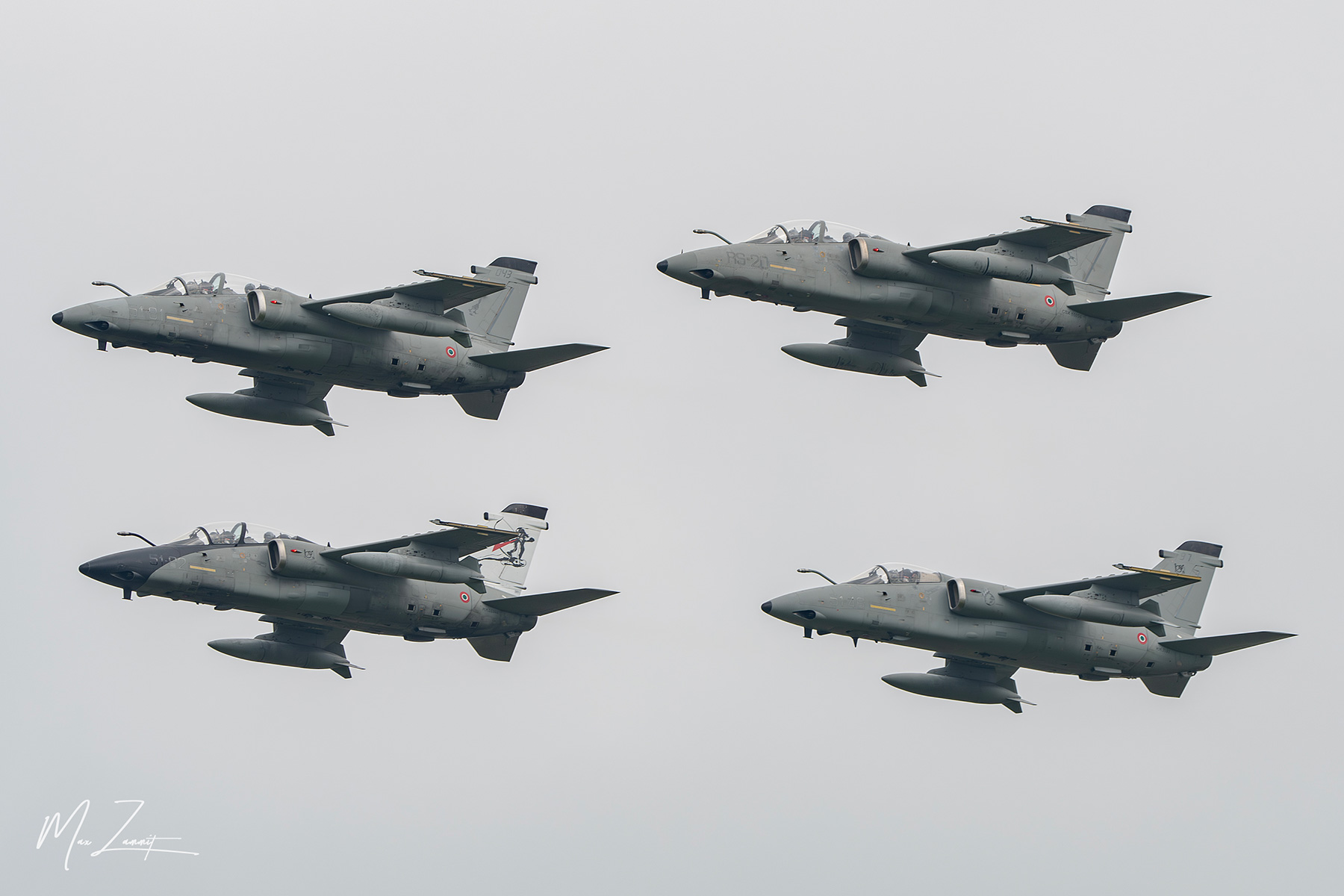
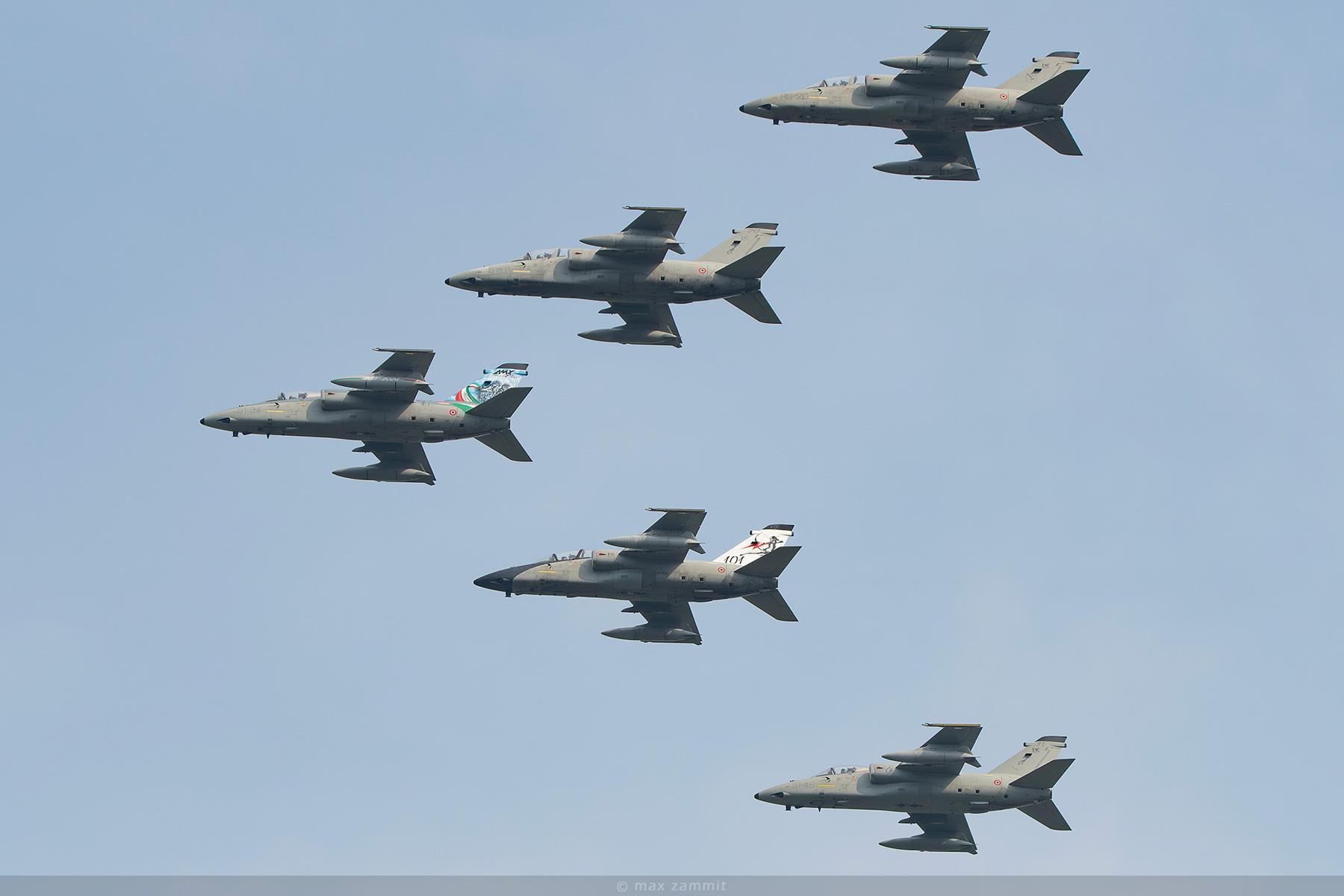
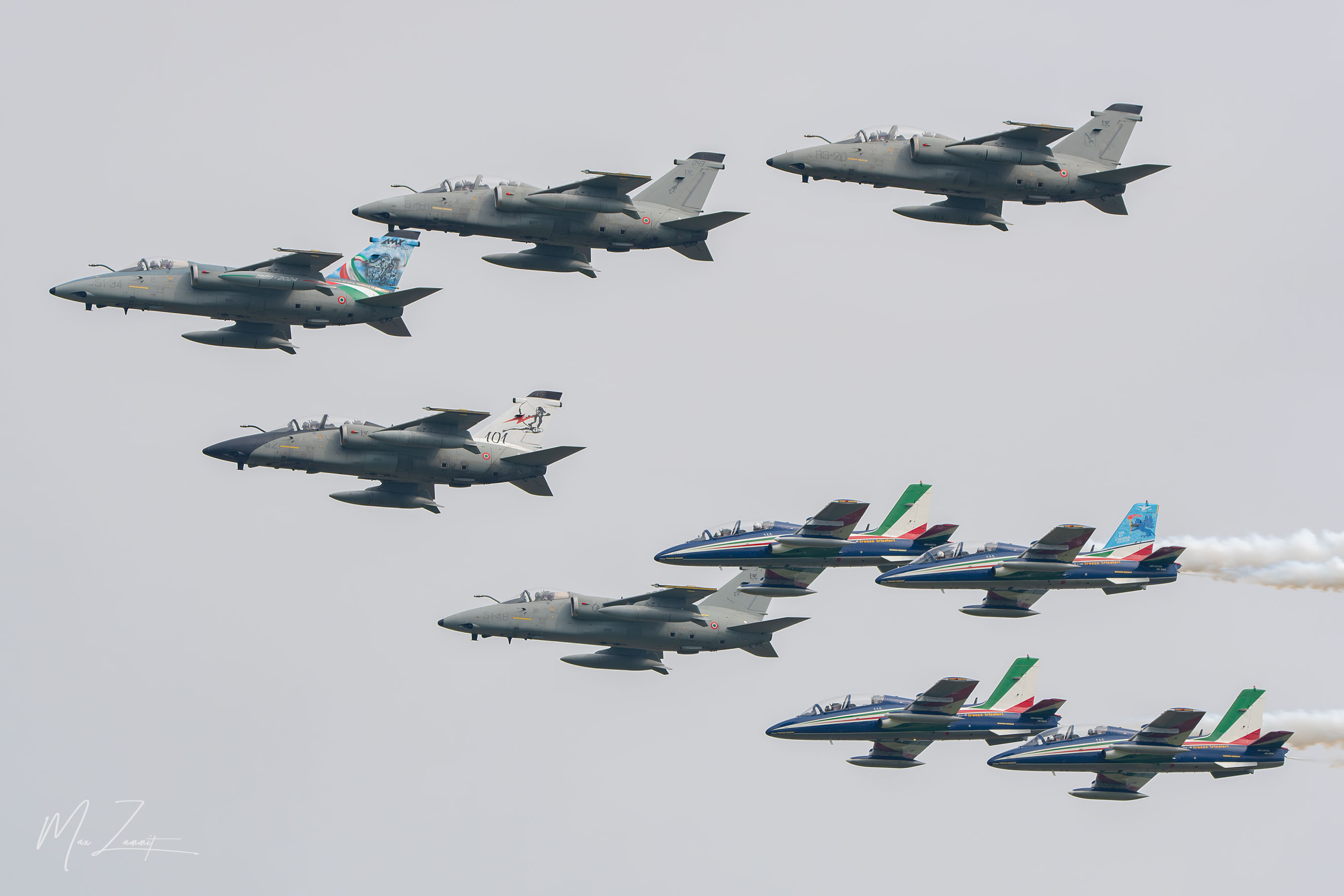

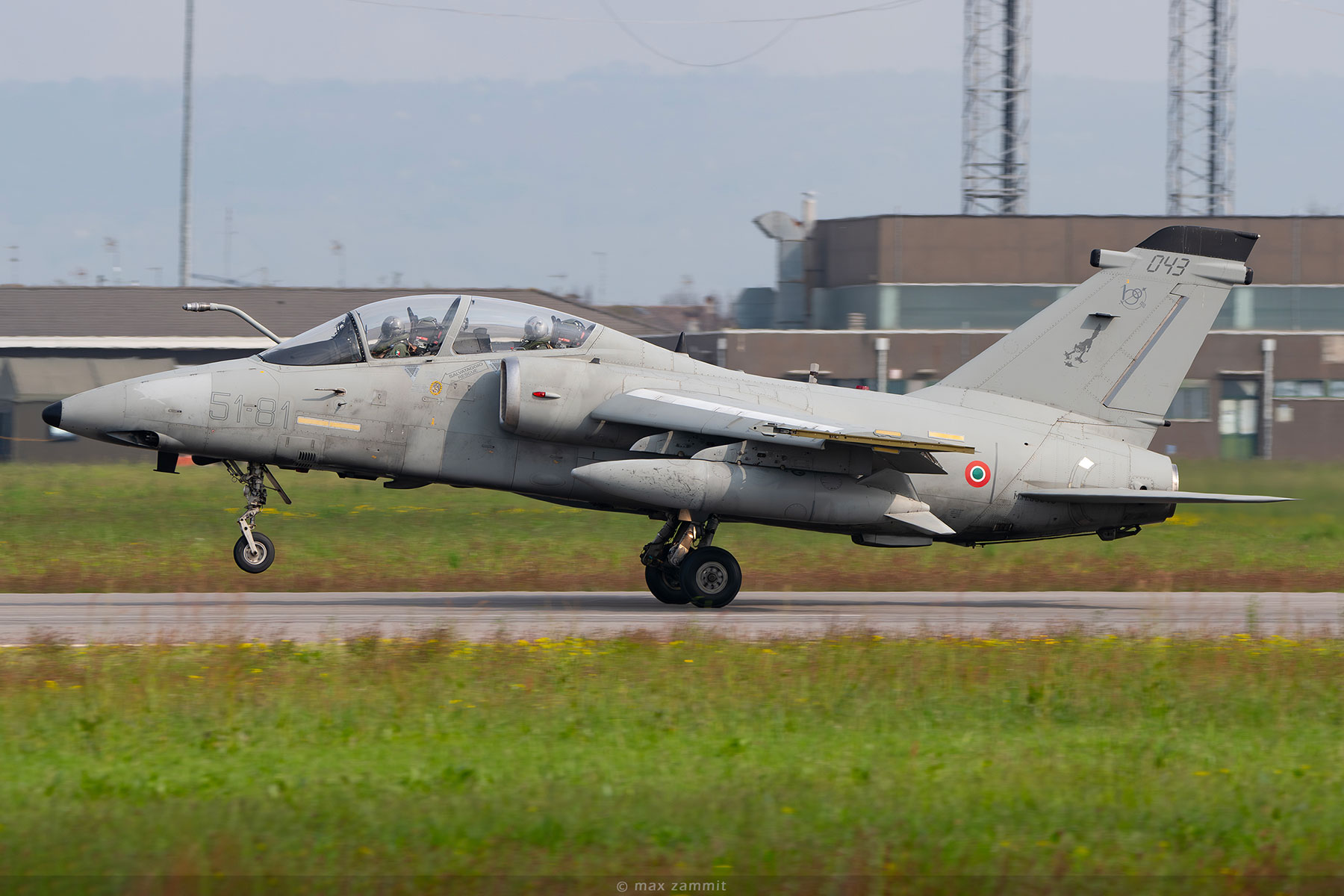

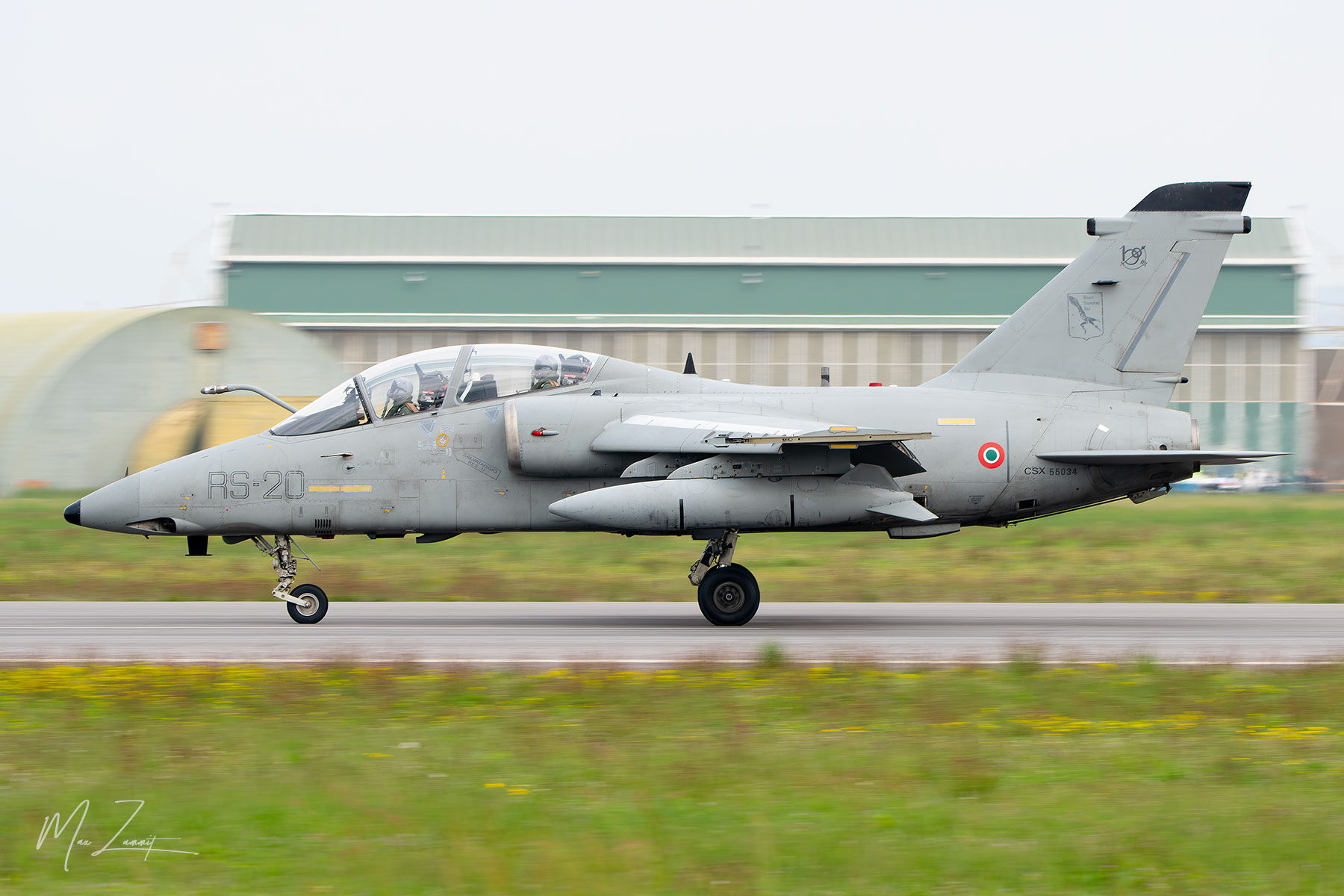
The retired special schemes

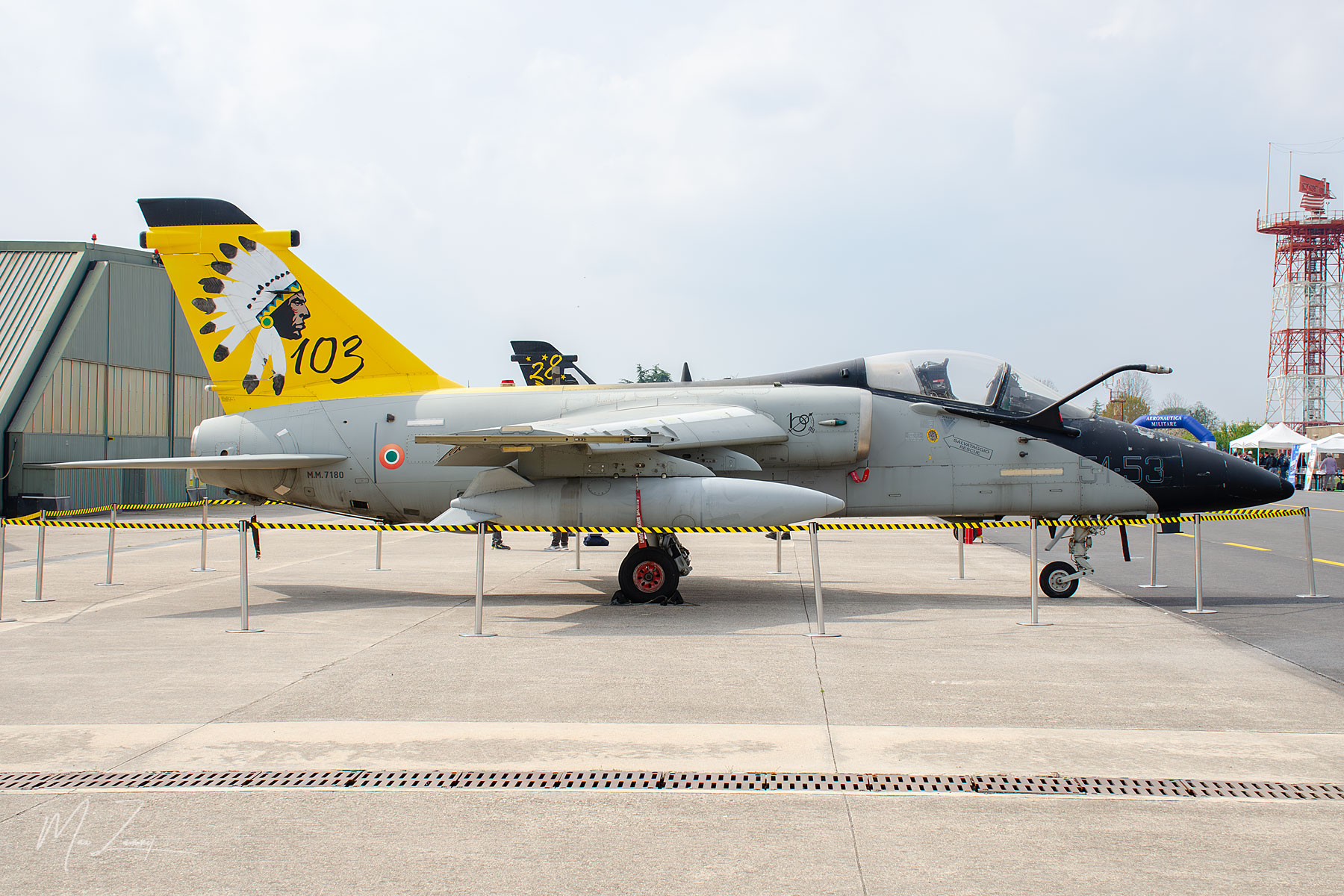

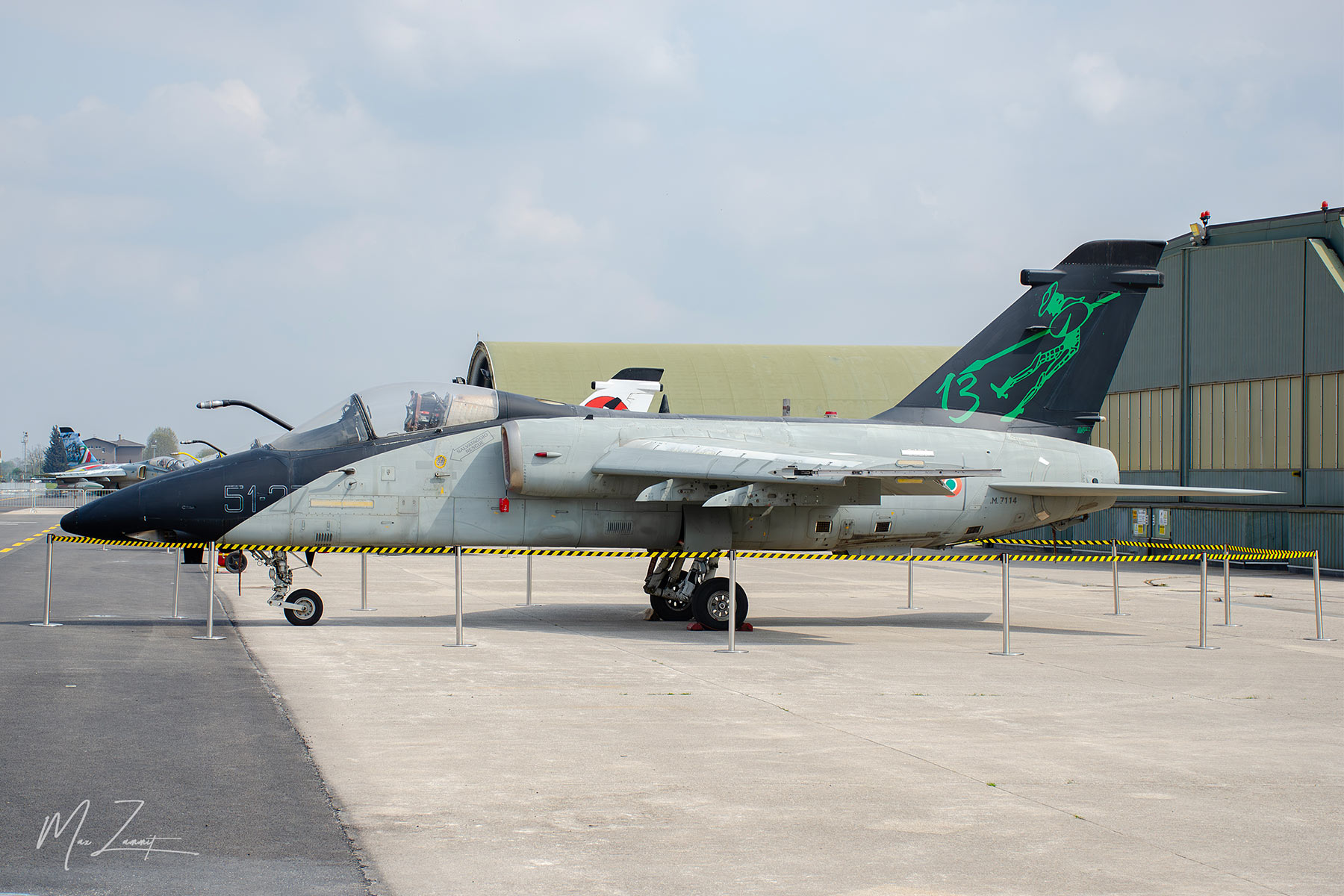
The visitors & the locals
While the spotlight was reserved exclusively for the Topone, the public had the opportunity to have a closer look at the replica Caproni Ca.3 Bomber, a magnificent WWI-vintage replica; the four MB339PAN and the future of 51° Stormo – the Typhoons.
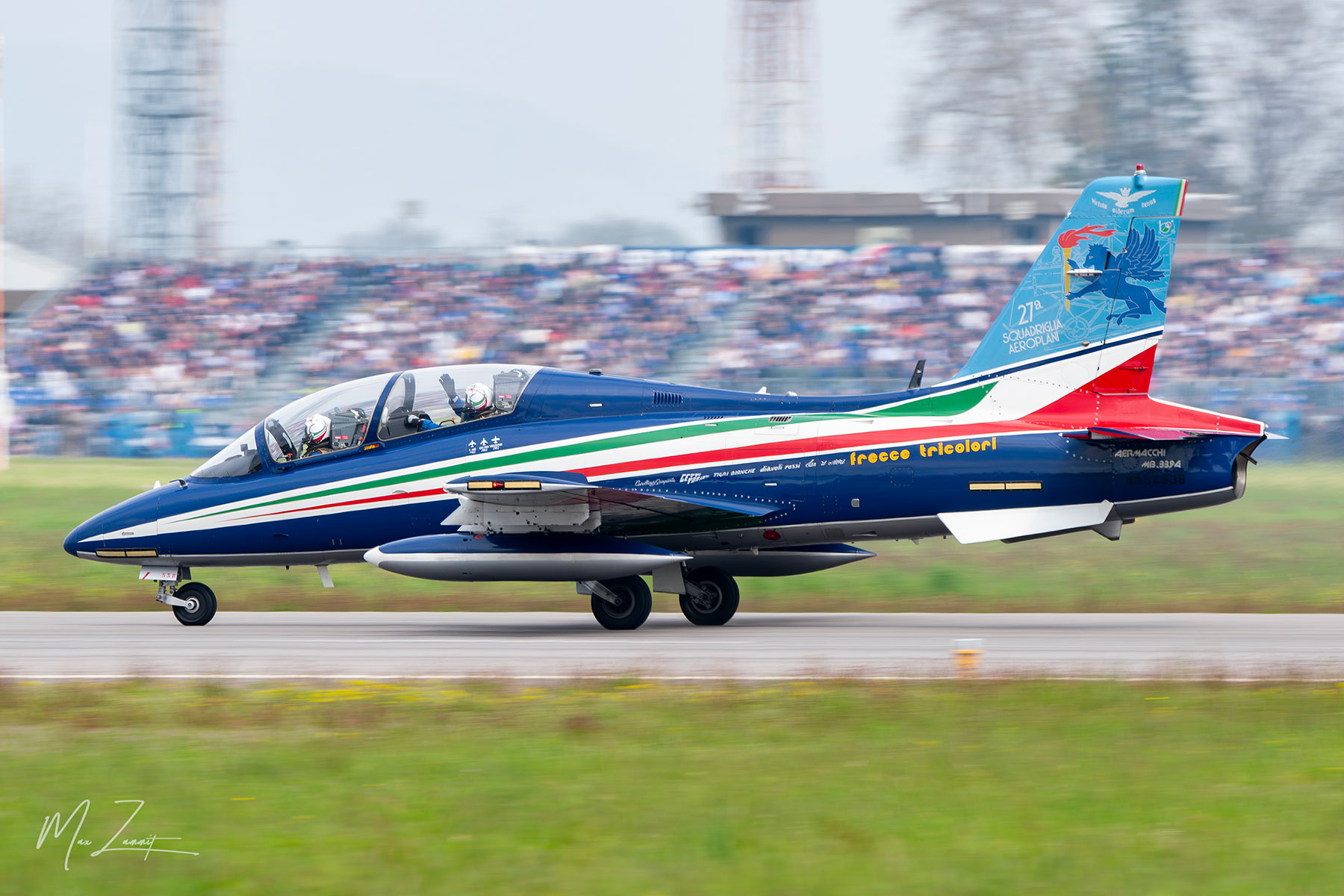
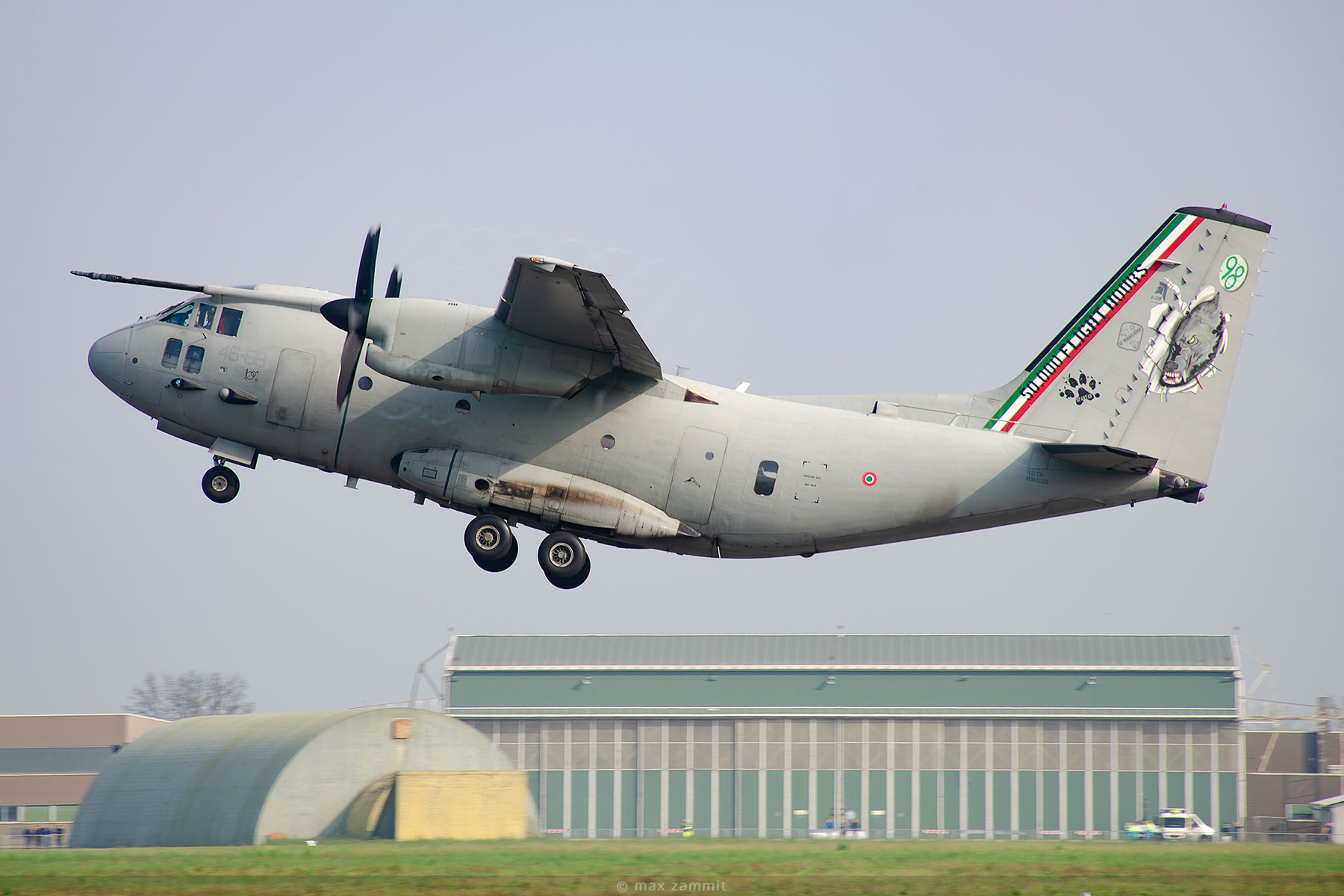
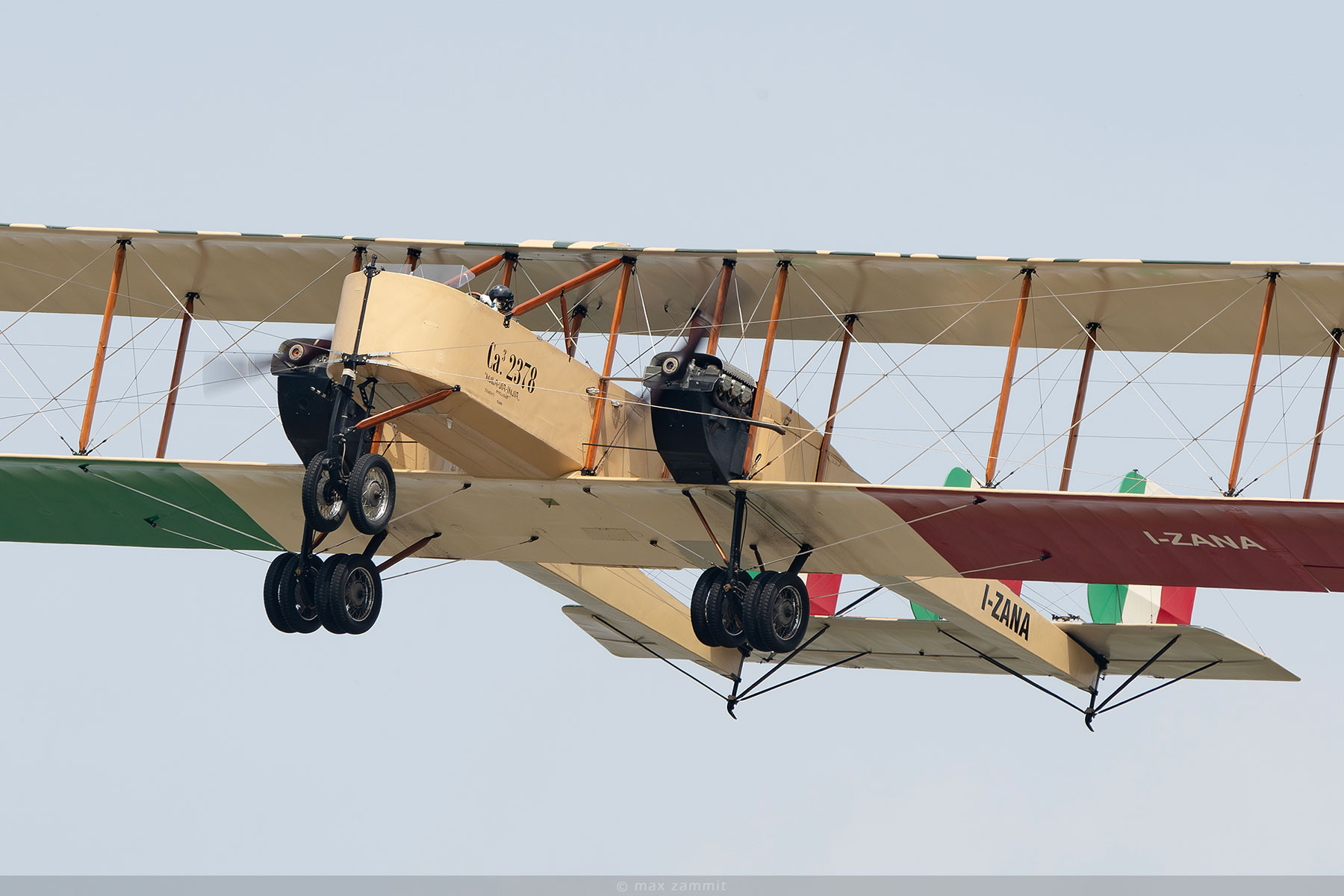
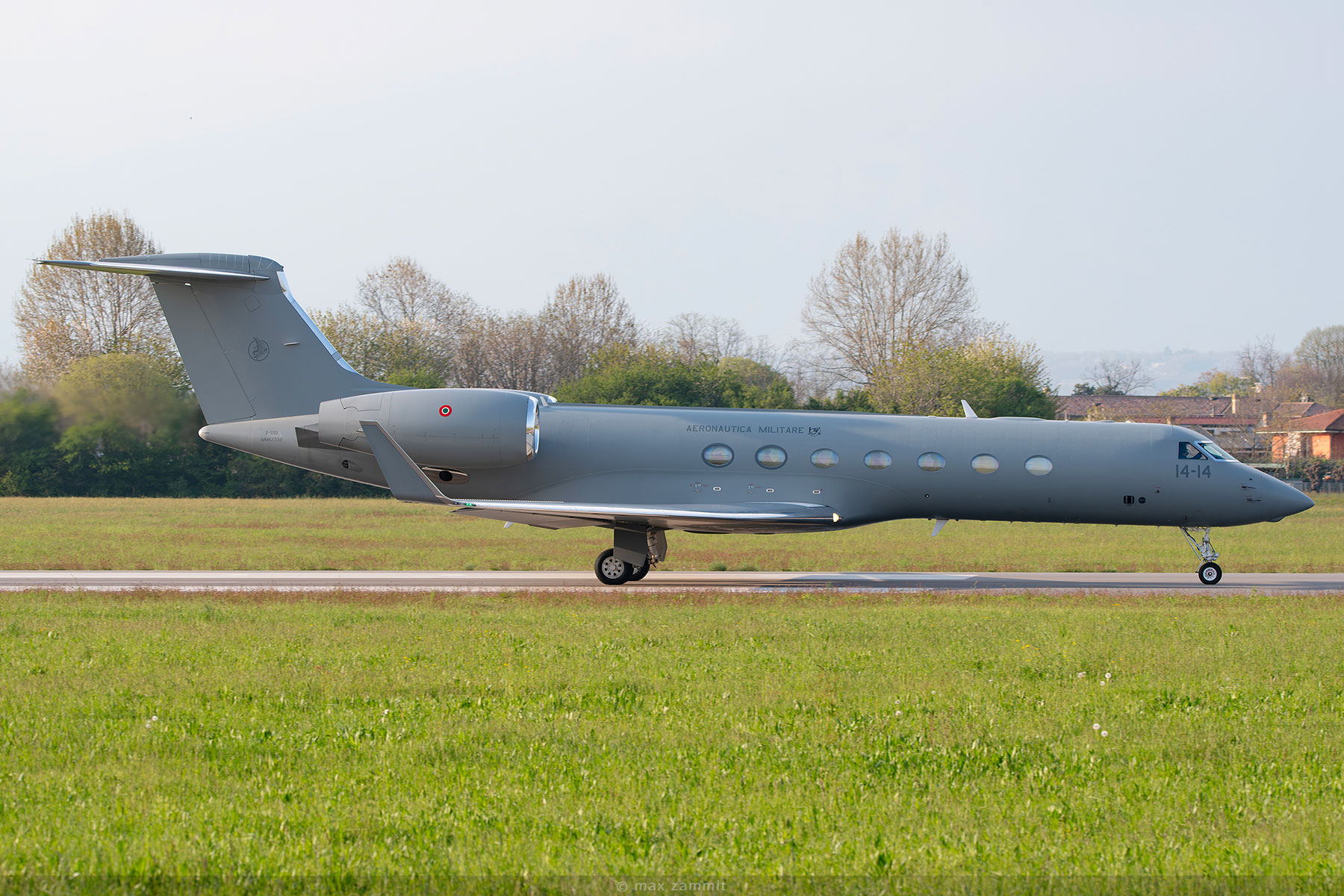


With its air-to-air and air-to-ground capabilities, the 51st will carry out the same missions as they previously performed with two different fleets, with only one single type of aircraft.
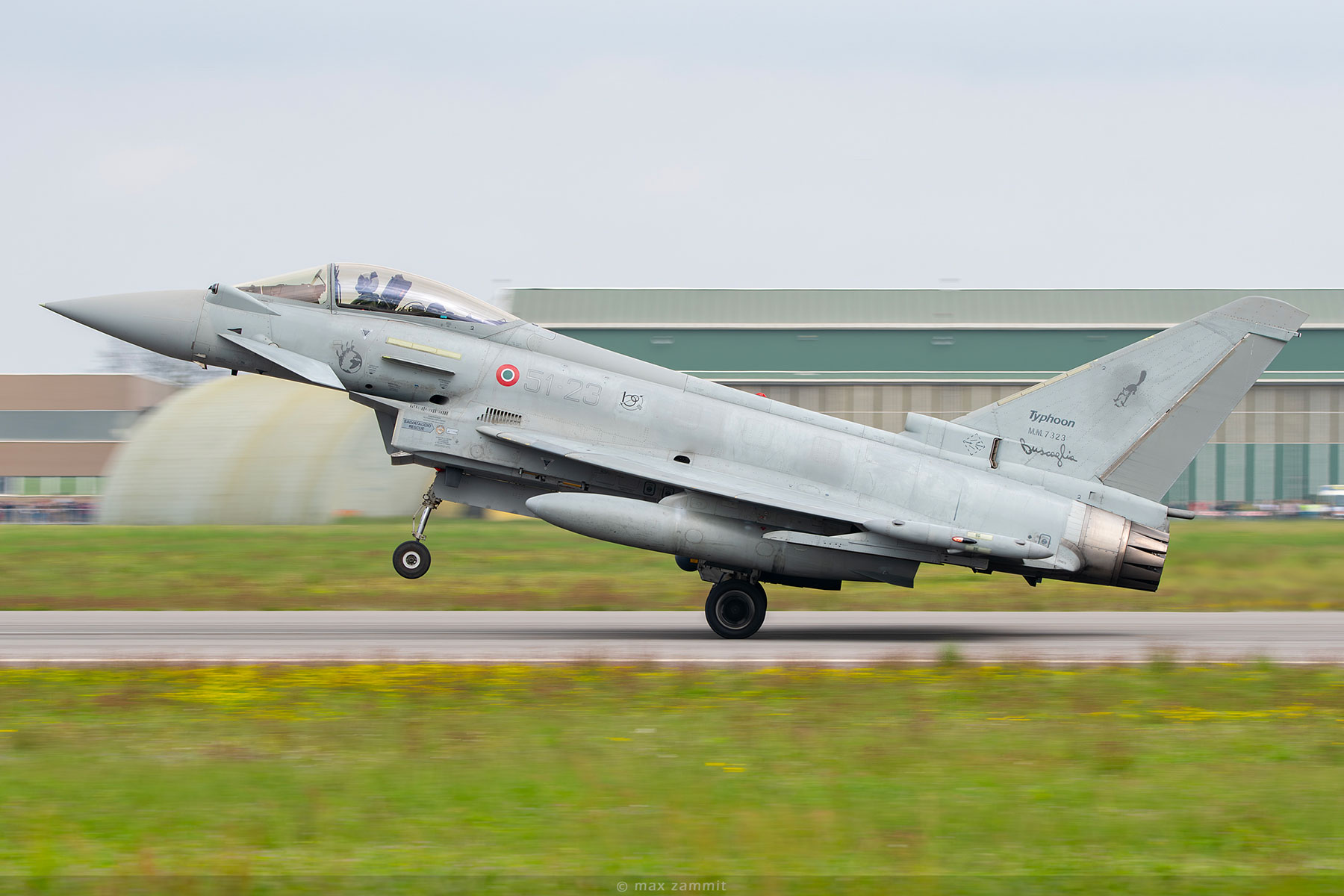
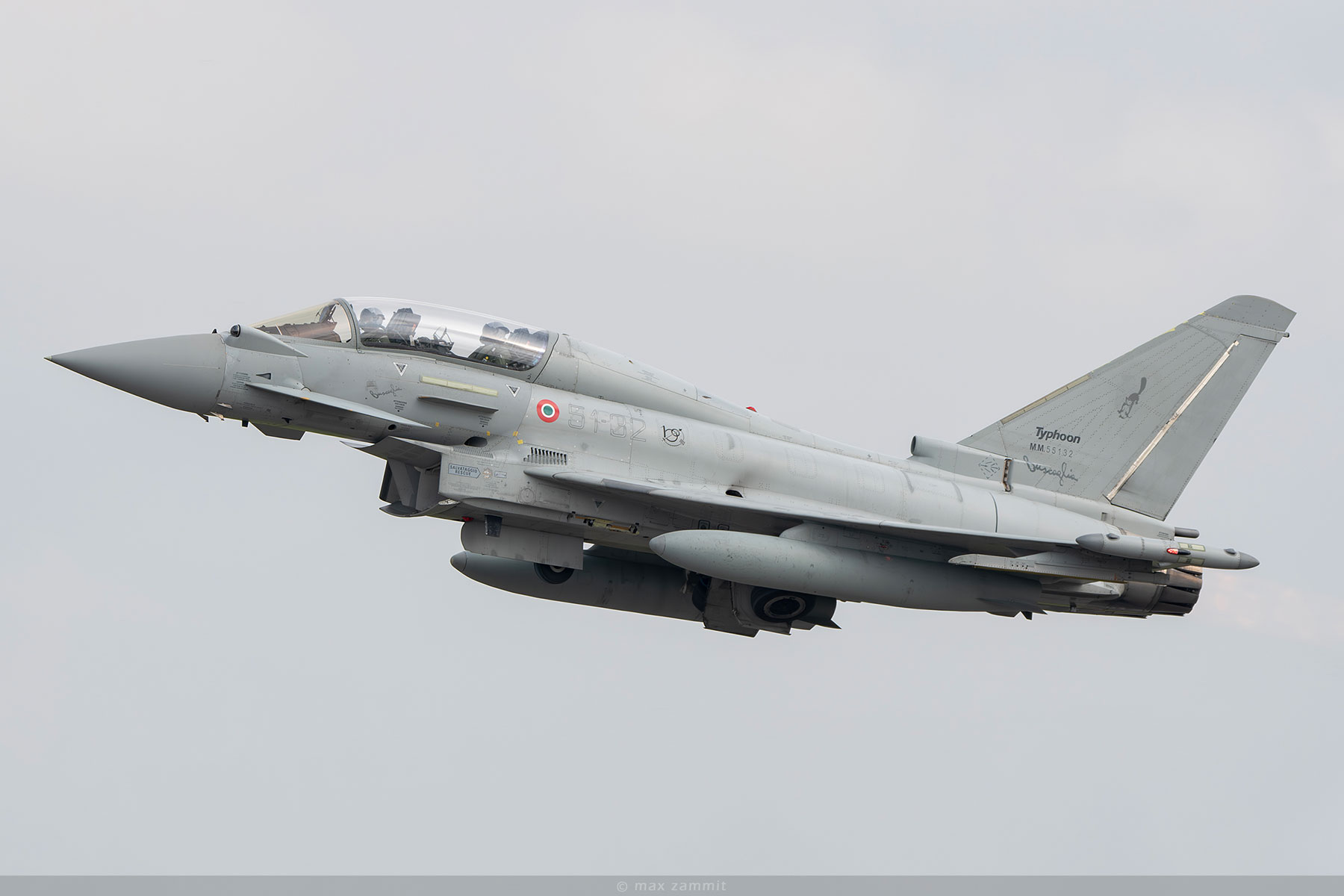

The military airport “Gaetano Mazza” in Piacenza-San Damiano will receive all four 51st Stormo’s Ghiblis while the remaining two-seater will return to the Reparto Sperimentale Volo . The airfield hosting these four airframes is set to become a “flying museum”, where the AMX will officially become part of the historic flight. Special thanks to the Aeronautica Militare Italiana and the 51st Stormo for organizing such a memorable event.
Latest Blog Articles
- 50 Years of Turkish Air Force F-4 Phantom II
- AMX – Phase-Out 2024
- Base Aérea Monte Real
- Malta’s Alouettes
- The Italian way of fast jet training: 61o Stormo